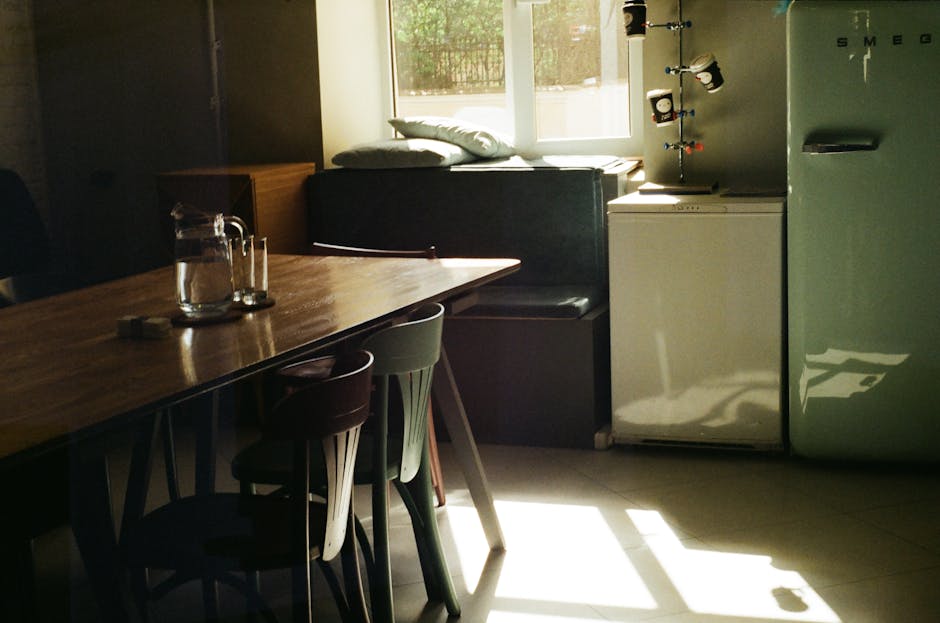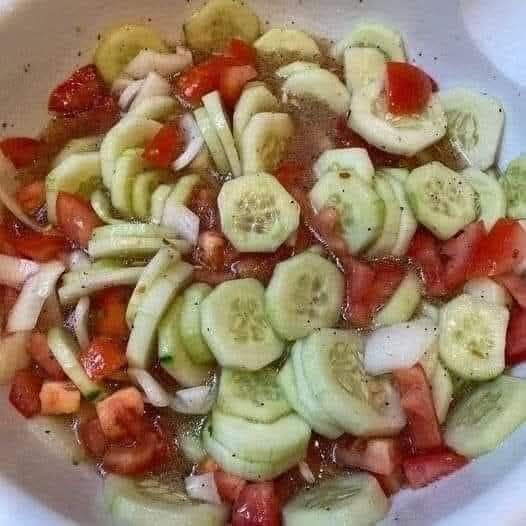Ever make a salad that tastes good… but not *great*? There’s a secret to unlocking the full flavor potential of many salads, and it’s surprisingly simple: time. Some salads truly come into their own after spending a day chilling in the fridge. Let’s explore why, and how to make it happen.
Why the Wait? Salad Science Explained

You might be thinking, “Salad? Leftovers? No way!” But hear us out. A little chilling time can dramatically improve certain types of salads. It’s not about masking poor ingredients, it’s about allowing flavors to meld and mature.
Flavor Fusion: Letting Flavors Get to Know Each Other

Think of it like this: When you first toss a salad, the flavors are still somewhat separate. The dressing is clinging to the lettuce, the tomatoes are doing their own thing, and the herbs are just hanging out. Giving it time in the fridge allows:
- The dressing to evenly coat all ingredients: No more dry lettuce leaves!
- Flavors to infuse: The dressing’s acidity can gently break down the cell walls of vegetables, releasing more of their flavor.
- A harmonious blend: The individual flavors harmonize, creating a more complex and satisfying taste.
Marinating Magic: Not Just for Meat!

While we often think of marinating meat, the same principle applies to salads. Especially salads with hardy vegetables, like:
- Cucumber
- Tomatoes
- Bell peppers
- Onions
These vegetables benefit immensely from “marinating” in the dressing, becoming more tender and flavorful.
Building Better Salads for Chilling

Not all salads are created equal when it comes to refrigeration. Some greens wilt quickly, while others hold up beautifully. Here’s what to consider:
Choosing the Right Salad Ingredients

Greens that Go the Distance

Avoid delicate greens like romaine or butter lettuce, which tend to wilt. Instead, opt for:
- Kale: Massaged kale is even better!
- Spinach: Baby spinach is surprisingly resilient.
- Arugula: Its peppery bite holds up well.
- Iceberg lettuce: surprisingly resistant to wilting
Vegetables with Staying Power

Hardier vegetables are your best friends in a salad designed for chilling:
- Carrots: Shredded or diced, they add sweetness and crunch.
- Cucumbers: Choose English cucumbers for less water content.
- Bell peppers: Any color works!
- Red onion: Adds a sharp bite that mellows over time.
- Tomatoes: Cherry or grape tomatoes hold their shape better.
The Right Dressing Matters

Creamy dressings can sometimes become a bit gloppy after sitting, so vinegarettes are generally preferable for salads that are going to chill. A simple vinaigrette of olive oil, vinegar, and herbs is a great starting point. You can add a touch of honey or maple syrup for sweetness, or Dijon mustard for an emulsifying kick. Try this classic vinaigrette recipe as a base.
Tips for the Perfect Chilled Salad

Don’t Overdress: A Little Goes a Long Way

It’s tempting to drench your salad in dressing, but resist! A little dressing goes a long way, especially after the salad has had time to sit. You can always add more just before serving. Overdressing will result in a soggy mess.
Storage Savvy: The Right Container Makes a Difference

Store your salad in an airtight container to prevent it from drying out. Glass containers are a great option, as they don’t absorb odors or flavors. Make sure the container isn’t too full, so there’s room for the salad to breathe.
Mix-Ins to Consider

Don’t add everything at once. Items that could get soggy, like croutons, should be added right before serving, this is the best way to keep your salad fresh. Here are some other great choices:
- Nuts and Seeds – Provide great texture and added nutrients
- Dried Fruit – A bit of sweetness and chewiness
- Grains – Great source of carbs!
Conclusion

So, the next time you’re making a salad, consider giving it some time to chill in the fridge. It’s a simple step that can make a world of difference in flavor and texture. By choosing the right ingredients and following these tips, you can create a make-ahead salad that’s not only delicious but also convenient for busy weeknights or potlucks. The key is to plan ahead and choose ingredients that stand up well over time, letting those flavors truly shine. Now, go forth and conquer the art of the chilled salad!
